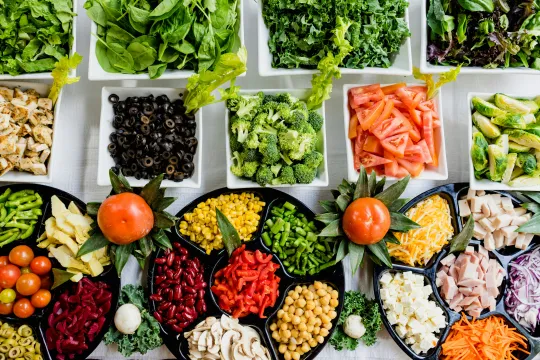Learning for a Sustainable Future is a Canadian charity founded in 1991 to integrate sustainability education into Canada’s K-12 school system. Learning for a Sustainable Future focuses on 4 priority areas including: Advancing Education Policy through research and knowledge mobilization; Supporting Educators through delivery of teacher workshops and provision of classroom resources; Youth Engagement through climate action youth leadership forums and climate action project funding; and Celebrating Bright Spots of Innovation through educator and youth awards and the Sustainable Future Schools whole school initiative.



